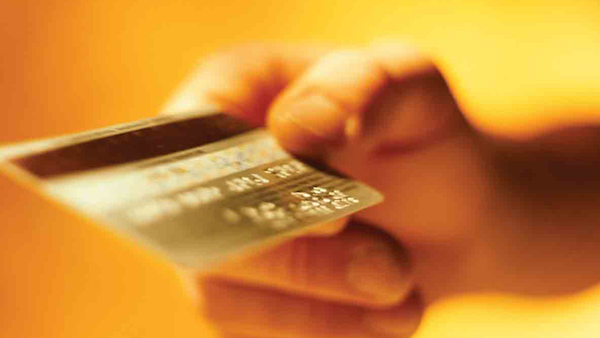More consumers use plastic for small-scale buys
US consumers have racked up over $1 trillion of revolving consumer debt again—and it’s not just because they’re out buying big ticket items.
Credit card usage for small purchases has risen over the past 12 months, according to a CreditCards.com survey in March. Cash and debit cards still dominate for small purchases, but 17% of the respondents in the survey said that credit cards were their primary method of paying for purchases under $5. A year ago, only 11% said that.

Millennials are leading that trend: 21% of them said they use a credit card for small purchases, compared to 16% of Generation X and 12% of baby boomers, Matt Schulz, a CreditCards.com senior industry analyst, told eMarketer.
“There are a lot of people out there who are chasing rewards,” Schulz said in an interview. “Previously there was a stigma to making small purchases like that. Now, more and more people are comfortable. Even though $5 purchases might not seem like much, when you add those up over a course of the year, it can add up to substantial cash back rewards or miles or points.”
Consumer revolving credit, primarily consisting of credit card debt, recently topped the $1 trillion level for the first time since the global financial crisis of 2008-2009, Federal Reserve data showed.
However, different from the credit card debt level during the Great Recession, Schulz said more consumers are paying off credit card debt on time.
While the snaps may be fleeting, Snapchat Geofilters are an extremely effective way to engage with your customers. Brands can create custom Geofilters that become accessible in specific locations, like in your business! Learn how the Yext Knowledge Engine can help with your location data.
That’s when those reward points and cash come into play, contributing to consumers’ rising use of credit cards, even for small purchases.
JP Morgan Chase generated big headlines when it introduced its Chase Sapphire Reserve card last year. The card gave 100,000 points as a sign-up bonus if a new card holder spent $4,000 within the first three months.
That’s proven to get millennials to bite. Chief Executive Jamie Dimon said at a financial conference in December that while the card was aimed at high and older spenders with high credit scores, it’s surprisingly got a lot of millennial applicants.
“It’s a very competitive time in the credit card marketplace,” Schulz said. Traditionally the headline has been “how millennials have avoided credit cards. We are starting to see that changing. The Chase Sapphire Reserve turned out to be popular with millennials. As they get their feet under them financially, millennials are using credit cards in order to get rewards.”
Indeed, it’s practically a must for retailers to issue credit cards with rewards. More than two-thirds of consumers said they have a rewards-collecting credit card, according to a study by loyalty program provider Points released in October. And 90% of the respondents in the study said that they are likely or extremely likely to shop with a retailer that allows them to earn points and miles in their favorite loyalty programs.

